|
|
|
|
Adaptive curvelet-domain primary-multiple separation |
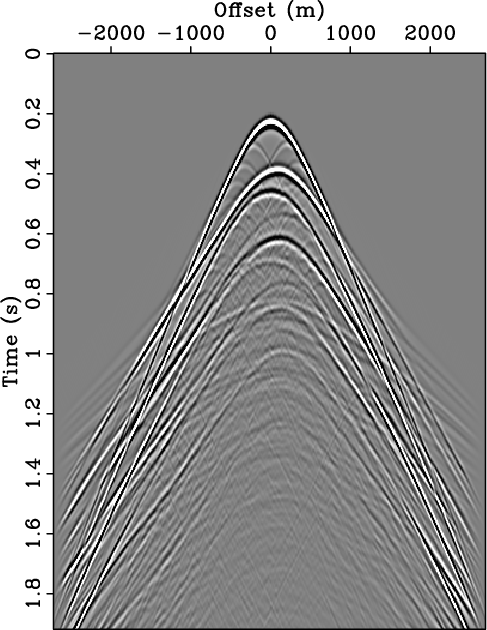
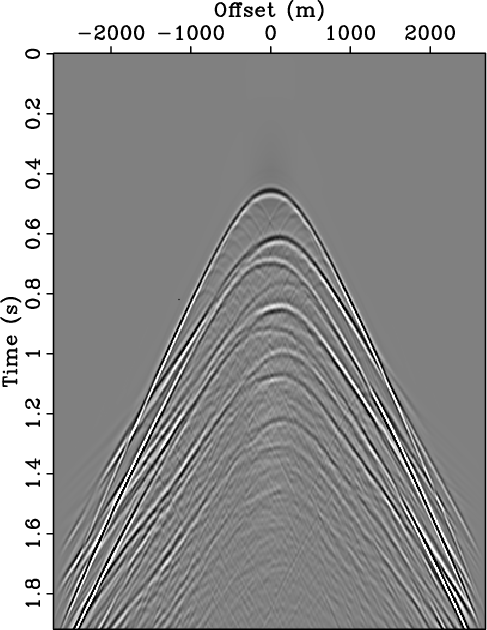
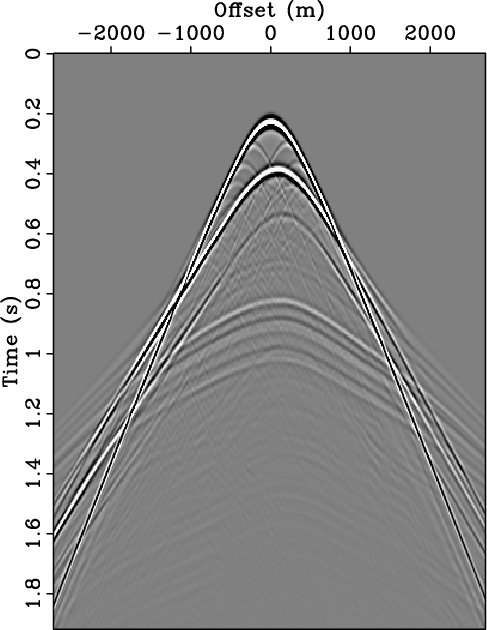
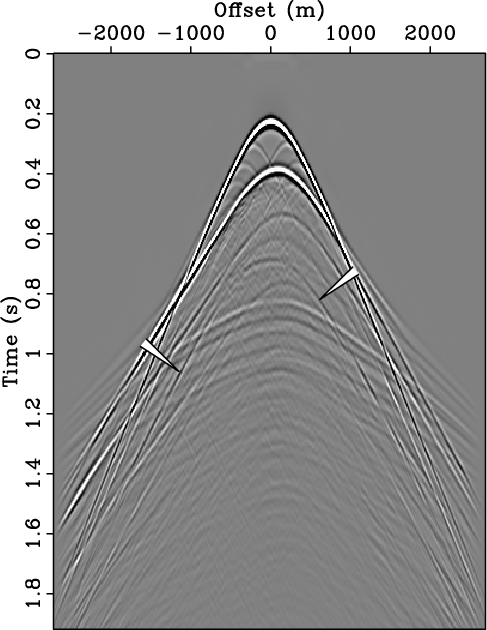
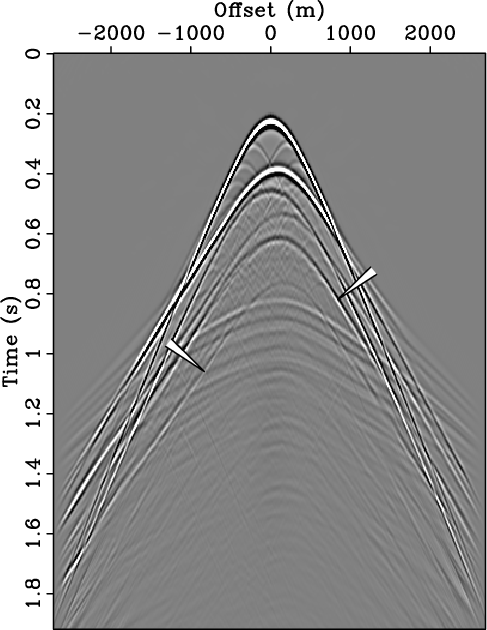
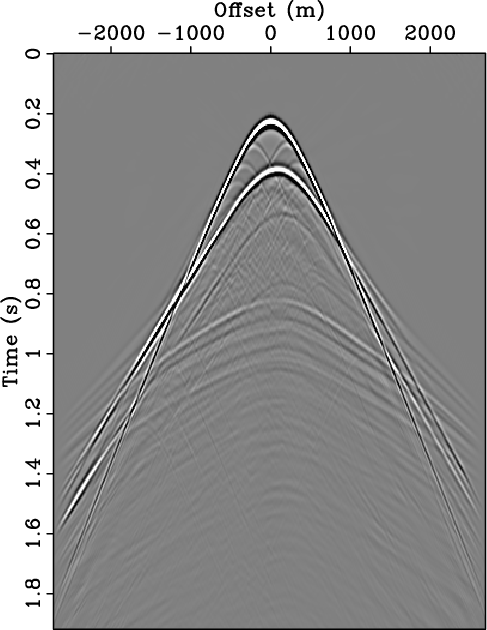
|
|---|
|
Figure1-a,Figure1-b,Figure1-c,Figure1-d,Figure1-e,Figure1-f
Figure 1. Primary-multiple separation on a synthetic shot record. (a) The total data, |
|
|
|
|
|
|
Adaptive curvelet-domain primary-multiple separation |